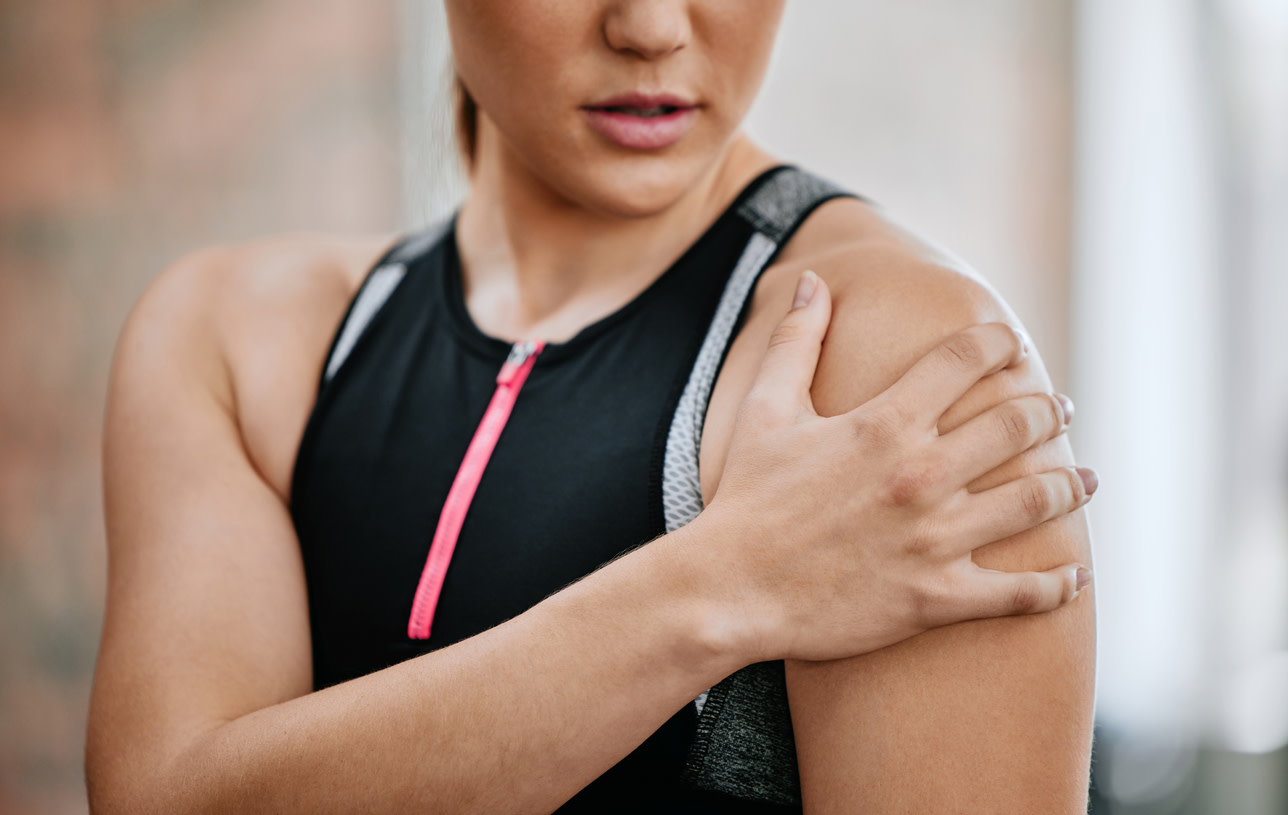Understanding Rotator Cuff Pain: Common Causes, Symptoms, and Exercises
Learn how to manage rotator cuff pain with expert advice on causes and treatments, including simple, at-home exercises.
$0 costo para usted
Fecha de Publicación: Jul 17, 2024
El índice
Fully covered arm or shoulder pain relief
Find relief from arm pain, shoulder pain, pinched nerves, & more.
Check if I'm eligibleExercises to Relieve Rotator Cuff Pain
¿Quieres atención de expertos? Consulta si estás cubierto por nuestro programa gratuito →- Resisted Shoulder External Rotation
- Shoulder Rows
- Wall Push-Ups
- Wall Slides
